Rust on a pear: a description of the disease, causes, symptoms, how to fight and how to treat
Unfortunately, more and more often you can hear that bright orange spots began to appear regularly on pear leaves. And if you read this material, it turns out that this attack has not spared your garden either.
Next, you will find out what pear rust is, what is the reason for the defeat of a tree by this fungal disease, and, of course, how to fight and how you can treat pear leaves from rust, are there really effective drugs that can cure your beauty.
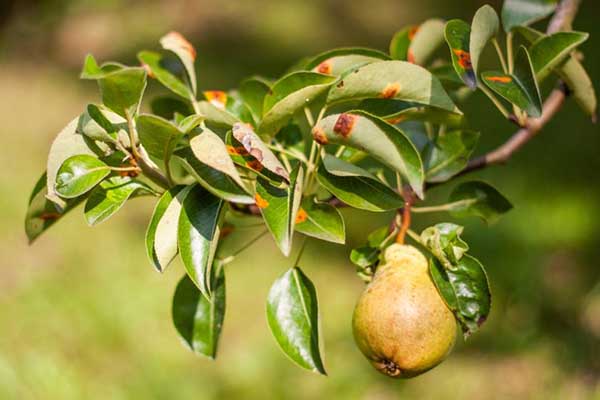
Content
What is pear rust: causes and symptoms of a fungal disease
Pear rust is a very dangerous and harmful fungal disease of the pear, the causative agent of which is a two-host mushroom Gymnosporangium sabinae (Dicks.) G. Winter, which hibernates in affected pear shoots and on evergreen juniper (again under the bark on the shoots).
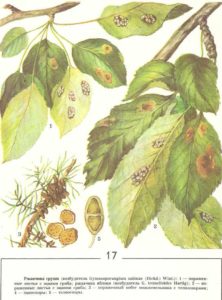
Moreover, the main host of rust is juniper (the following varieties are Cossack, Virginian, Chinese, prickly, tall, scaly and rocky), and the pear is only intermediate. In other words, the primary host of the pathogen is a juniper.
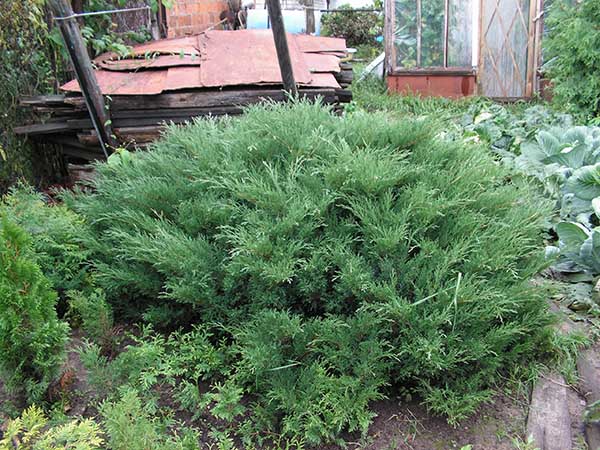
It is the junipers of these varieties, common juniper, thuja, spruce, and pine that cannot be the hosts of rust, which is dangerous for pears.
Thus, one of the main causes of pear rust disease is neighborhood of pear with juniper, and we are not talking about the presence of juniper in your garden or in a neighboring area ... The fact is that the spores of the fungus can be spread by the wind (scatter) for tens of kilometers.
Indeed, was there in the old days in the gardens as many junipers as today?
Therefore, nowadays such a frequent use of junipers in landscape design is called one of the possible reasons for the widespread spread of the disease.
Symptoms of pear rust damage are manifested as follows:
By the way! If you have decorative junipers in your garden, then you can notice the first signs of rust on them (when the air temperature rises to + 6-8 degrees). The thickening on the bark is where the fungus develops.
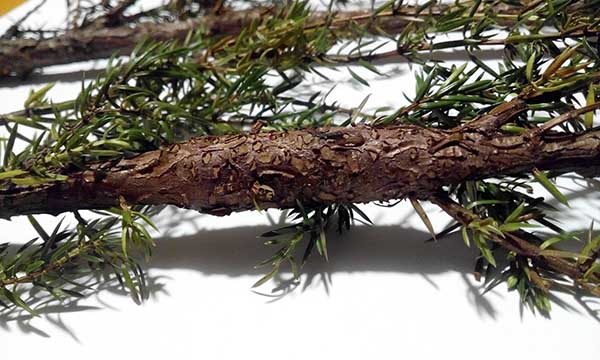
Further, under favorable conditions, at temperatures above +10, the spores of the fungus are released and begin to scatter (spread by the wind), fall on the leaves of the pear, and infection occurs.
- After flowering (late April-early May), the leaves from the upper (outer) side begin to become covered with small yellowish spots, which gradually increase in size and acquire a bright orange, rather, even orange-red color.
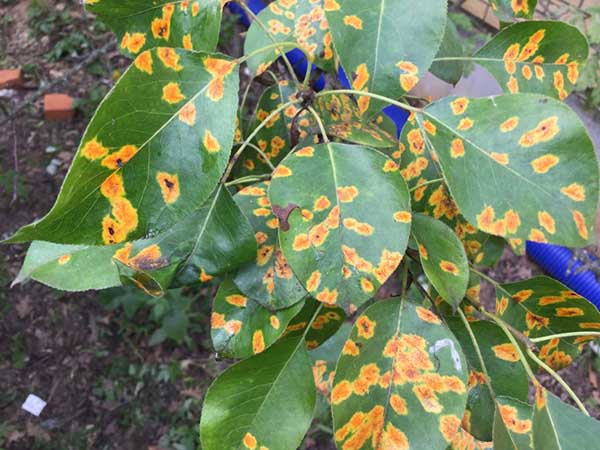
In addition to the leaves, sometimes even fruits and shoots are affected, all the same rust spots appear on them.
- Subsequently, on the lower (back) side of the sheet, the spots swell and growths are formed.
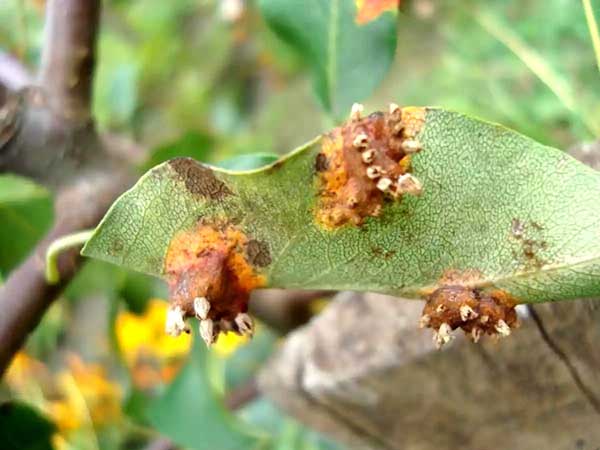
- As a result, rusty leaves fall off prematurely, which negatively affects the quality and quantity of the crop.
The pear itself leaves weakened in winter and bears fruit worse the next year. And if it is damaged by rust again, it gradually begins to die.
When and how to treat pears from rust
Interesting! At the moment, the only really effective anti-rust agents on pear (and juniper) are based on tebuconazole from the triazole group... For example, Falcon (Spiroxamine, Tebuconazole + Triadimenol (Baytan), etc.
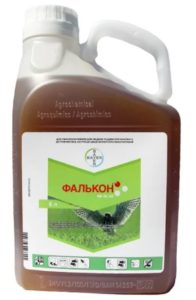
However, in most countries they (funds based on tebuconazole) are not allowed for use in amateur gardening (only in industrial and only in certain countries), because very toxic and hazardous to human health.
However, preparations for protecting pears from rust that are approved for use in Russia are:
- Poliram. The main active ingredient is Metiram (Polycarbocin), chemical class - Dithiocarbamates, a protective contact fungicide, also helps with pear scab and white spot (septoria blight).
Spraying scheme during the growing season:
- the first is a green cone,
- the second is a pink bud,
- third - the end of flowering,
- the fourth is a fruit the size of a walnut.
The last processing is carried out more than 60 days before harvest.
- Cumulus (or Colloidal Sulfur, Tiovit Jet). The main active ingredient is sulfur, a contact fungicide, also helps fight powdery mildew and scab.
Spraying scheme during the growing season:
- first - after flowering,
- subsequent with an interval of 10-14 days, while it is necessary to reduce the concentration of the solution by 1/3, starting from the second treatment.
In other words, their actual effectiveness is under very great doubt (nowhere in Europe and America are such substances used to fight pear rust).
There are many application tips on the Internet Soon and its analogs (Rayok, Keeper, Purest) against rust, because its main active ingredient difenoconazole from the group triazole.
However! In the official instructions for drugs based on Difenoconazole, there is not a word about rust (only from scab and powdery mildew on a pear).
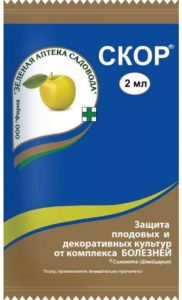
The same goes for Topaz, which is used only against rust on flower plants (and powdery mildew on currants and gooseberries). Active substance - Penconazole (Topaz) from the group triazole (yet again).
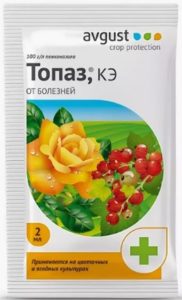
There is an opinion that the drug Racurs can be used against rust on conifers (junipers) (the active ingredients are cyproconazole and epoxiconazole from the group triazole). However, the instructions only say that conifers can handle from snow and ordinary shute (on deciduous trees and flower plants - against powdery mildew and leaf spots).
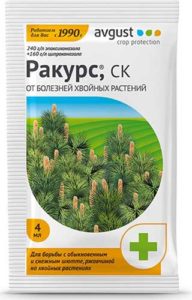
And here Procvetok channel offers the following scheme for treating juniper and pear in spring to protect against rust:
- In early spring (before the pear buds swell, at a temperature of + 6-8 degrees), carry out an eradicating spraying pear and juniper preparations based on copper sulfate (copper sulfate or even better 3-% bordeaux liquidwill also work fungicide Azophos, which the not to be confused with azofosk fertilizers or nitroammofosk!).
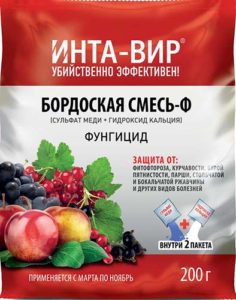
In general, you can try using drugs based on copper oxychloride (Abiga Peak, Hom).
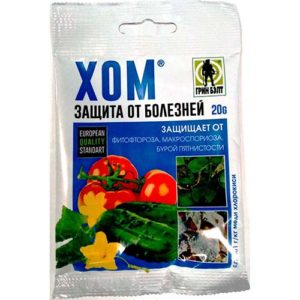
It is especially important to wet with solution the surface of the juniper branches from the inside, where the main centers of rust are located.
- And after 7-10 days, when the kidneys begin to swell and unfold (the temperature will be + 10-12 degrees), repeat the treatment of pear and juniper with any copper-containing preparation (but already with a 1% solution).
- Further, before and after flowering, you can use any versatile broad-spectrum fungicides (for example, that Fundazol, or better Strobi, Baylon, Horus), while it is necessary paying attention to their waiting time (when you can eat the fruit).
Note! Of course, there are no biological agents to combat pear rust.
Agrotechnical protection measures and mechanical methods of dealing with pear rust
At the initial stage of the destruction of pears by rust, when there are still not very many foci of the disease, you need to try manually tear off all infected leaves and fruits and then burn.
Also, if possible, trim and burn all rusty juniper branches.
In fact, no matter how funny it may sound, but this one of the most effective ways to prevent the spread of the disease.
The fact is that it makes no sense to remove junipers from your garden, because spores of fungi can be spread by wind for kilometers.
And, unfortunately, pear varieties that are completely resistant to rust have not yet been developed.
However, there are varieties of junipers that are quite resistant to the disease.
Important! At the same time, there are varieties of junipers that are absolutely not resistant (highly susceptible) to rust, which, if possible, need to be disposed of.
Is it possible to permanently get rid of the prospect of pear rust disease
No you can not. You can only fight, and with varying success.
Of course, theoretically this is possible if you destroy absolutely all junipers that are tolerant (not resistant) to rust in the area (summer cottages and SNT). But in practice, this is unrealistic: think for yourself (you can hardly persuade a neighbor to get rid of a juniper, especially if he does not have a pear).
Accordingly, it is easier to completely get rid of the pear so that you are not upset by its rusty appearance. Or accept.
And if you like to admire the juniper, then find and acquire a resistant variety.
Does rust affect other plants
Yes, but rust on roses, barberries, currants and gooseberries, viburnum and other plants are completely different diseases, more precisely, they have completely different pathogens. Accordingly, the means to protect them will also differ.
For example, Topaz is indeed effective against rust on roses and other flower plants, but it is unlikely, or rather, will not work against rust on a pear.
By the way! Apple trees can also be affected by rust, and the source will again be a juniper (ordinary), but the pathogen is different (Gymnosporangium tremelloides Hartig. by the apple tree, Gymnosporangium sabinae (Dicks.) G. Winter. - at the pear).
Well, we hope you now understand how difficult, if not impossible, it is to deal with rust on pear leaves. Of course, it is worth trying the listed permitted processing agents, but it hardly makes sense to count on any serious result. Probably, you can wish good luck here, it will definitely come in handy here.

